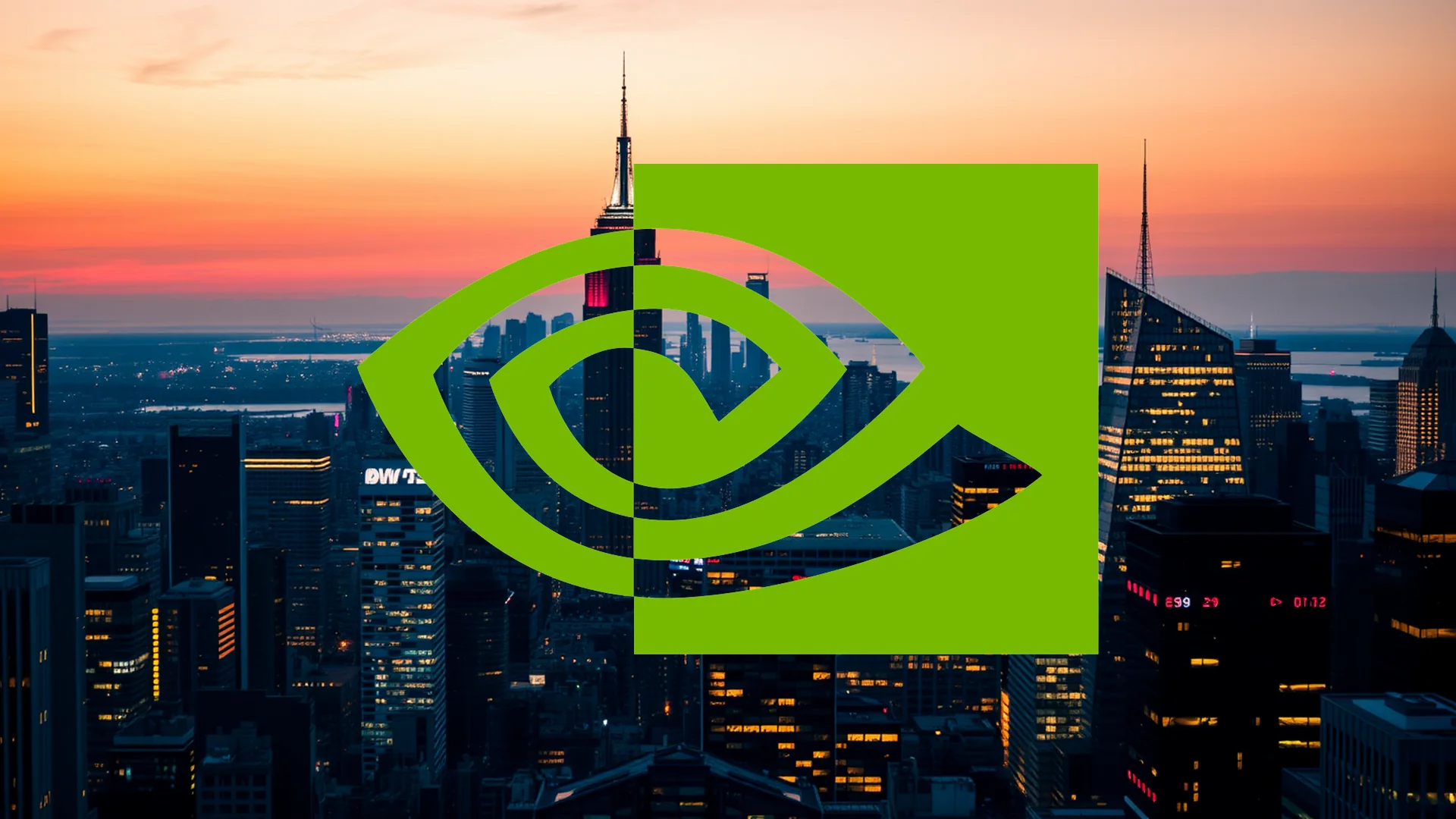The world’s most valuable company stands at a pivotal juncture. Nvidia, commanding a staggering $4.38 trillion market capitalization while securing orders worth hundreds of billions, now faces strategic moves from industry behemoths Meta and Google. Despite closing at $180.26 on Thursday, beneath these record valuations significant market dynamics are unfolding. The central question confronting investors is whether Nvidia can maintain its technological supremacy or if we are witnessing the initial stages of a major power redistribution within the artificial intelligence sector.
Unprecedented Demand Meets Sovereign Ambition
Saudi Arabia is currently constructing what will become the largest AI infrastructure complex outside the United States. The ambitious “AI Zone” project plans to incorporate up to 150,000 AI accelerators, with the majority sourced from Nvidia’s GB300 series. Chief Financial Officer Colette Kress recently confirmed that for the 2025-2026 fiscal year alone, the company anticipates data center orders totaling approximately $500 billion. This figure doesn’t represent forward guidance but rather reflects the existing order backlog.
The financial metrics demonstrate remarkable performance:
- Third-quarter revenue reached $57 billion, representing 62% year-over-year growth
- Data center segment revenue amounted to $51.2 billion, climbing 66%
- Net income stood at $31.91 billion
- Gross margins remained robust at 73-75%
Despite geopolitical tensions and export restrictions, worldwide demand for Blackwell and Rubin chips continues to vastly outstrip supply. The expanding Middle Eastern initiatives reveal a broader trend: sovereign nations are aggressively building out their digital infrastructure, with Nvidia emerging as the supplier of choice.
Competitive Pressures Mount
The landscape isn’t entirely smooth sailing. Market turbulence emerged earlier this week following reports that Meta might begin utilizing Google’s Tensor Processing Units (TPUs). Within hours, approximately $250 billion in market value temporarily evaporated. The underlying message was unmistakable: major technology clients like Meta may be initiating strategies to diversify their hardware dependencies.
Should investors sell immediately? Or is it worth buying Nvidia?
Nvidia’s response was swift and definitive. Company leadership emphasized that their hardware technology maintains “a one-generation advantage” over competing solutions. The financial results substantiate this claim, revealing margin structures that remain aspirational for other semiconductor manufacturers. While competitors strive to close the technological gap, Nvidia continues shipping next-generation chips and establishing new industry benchmarks.
Wall Street Maintains Bullish Outlook
Market analysts overwhelmingly maintain positive assessments of Nvidia’s prospects. The predominant consensus reinforces “Strong Buy” recommendations, with average price targets hovering around $250 per share. This suggests potential upside of nearly 39% from current trading levels.
Fourth-quarter revenue projections approach $65 billion, supported by the ongoing rollout of the Blackwell architecture and strategic collaborations with AWS and Saudi development initiatives. Unlike many speculative technology investments, Nvidia’s valuation rests upon verified cash flows and a confirmed order backlog extending well into 2026.
The fundamental question persists: Can Nvidia sustain its extraordinary market performance, or does increasing competition signal the dawn of an era where the chipmaker must vigorously defend its dominant position?
Ad
Nvidia Stock: Buy or Sell?! New Nvidia Analysis from November 28 delivers the answer:
The latest Nvidia figures speak for themselves: Urgent action needed for Nvidia investors. Is it worth buying or should you sell? Find out what to do now in the current free analysis from November 28.
Nvidia: Buy or sell? Read more here...











